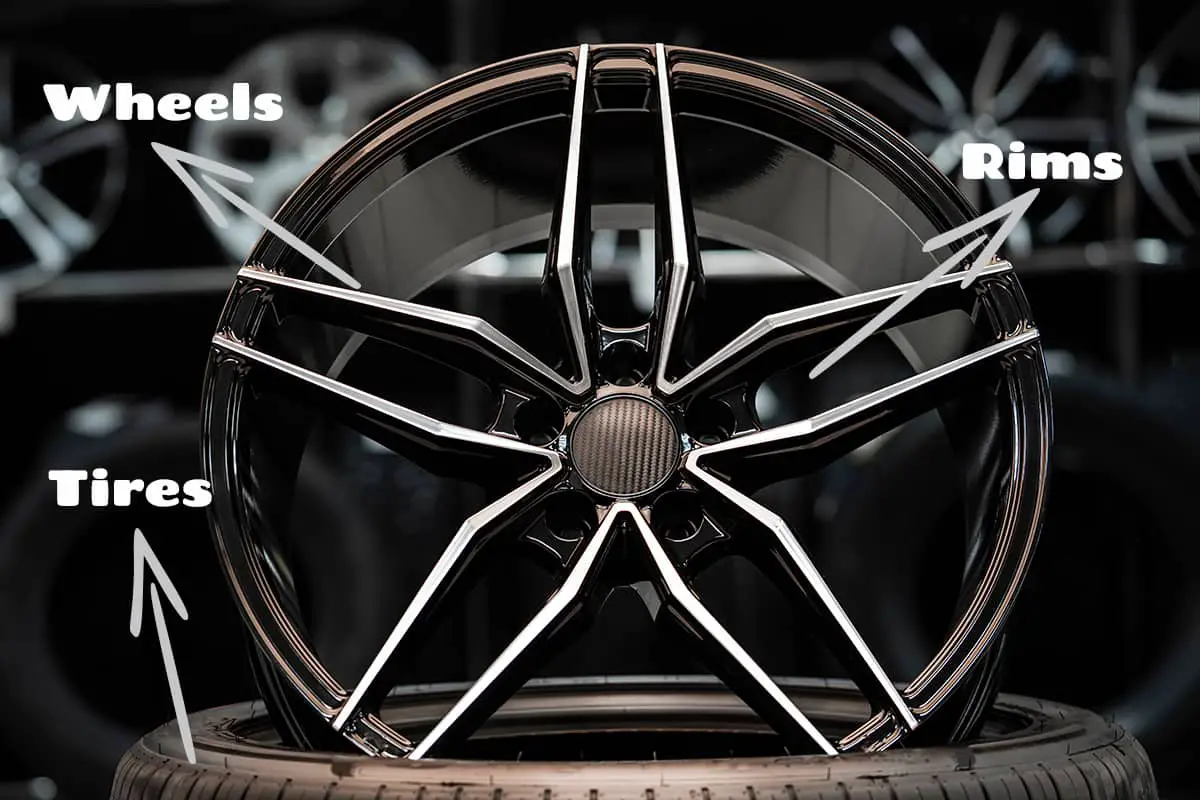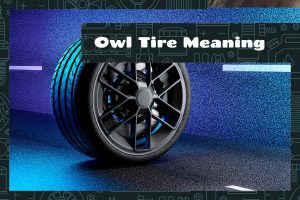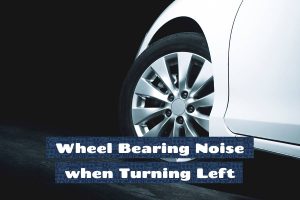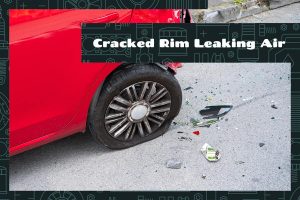Wheels, tires, and rims are indispensable components of your vehicle, each playing a unique and essential role. While they’re often used interchangeably in everyday language (rims to a lesser extent), understanding their distinctions can enhance your automotive knowledge and help in the maintenance and care of your vehicle.
Here’s a brief overview of how wheels, tires, and rims differ from each other:
- Wheel: The entire assembly that holds the tire, often made from steel or alloy. It’s an integral part of your vehicle’s suspension system.
- Tire: The rubber exterior that makes direct contact with the road. It absorbs road shock and provides traction.
- Rim: Part of the wheel assembly. It’s the outer edge of the wheel that holds the tire in place.
In this article, we’ll explore the individual roles of wheels, tires, and rims, and we’ll also learn about their different types and ratings.
Delving into the Wheel
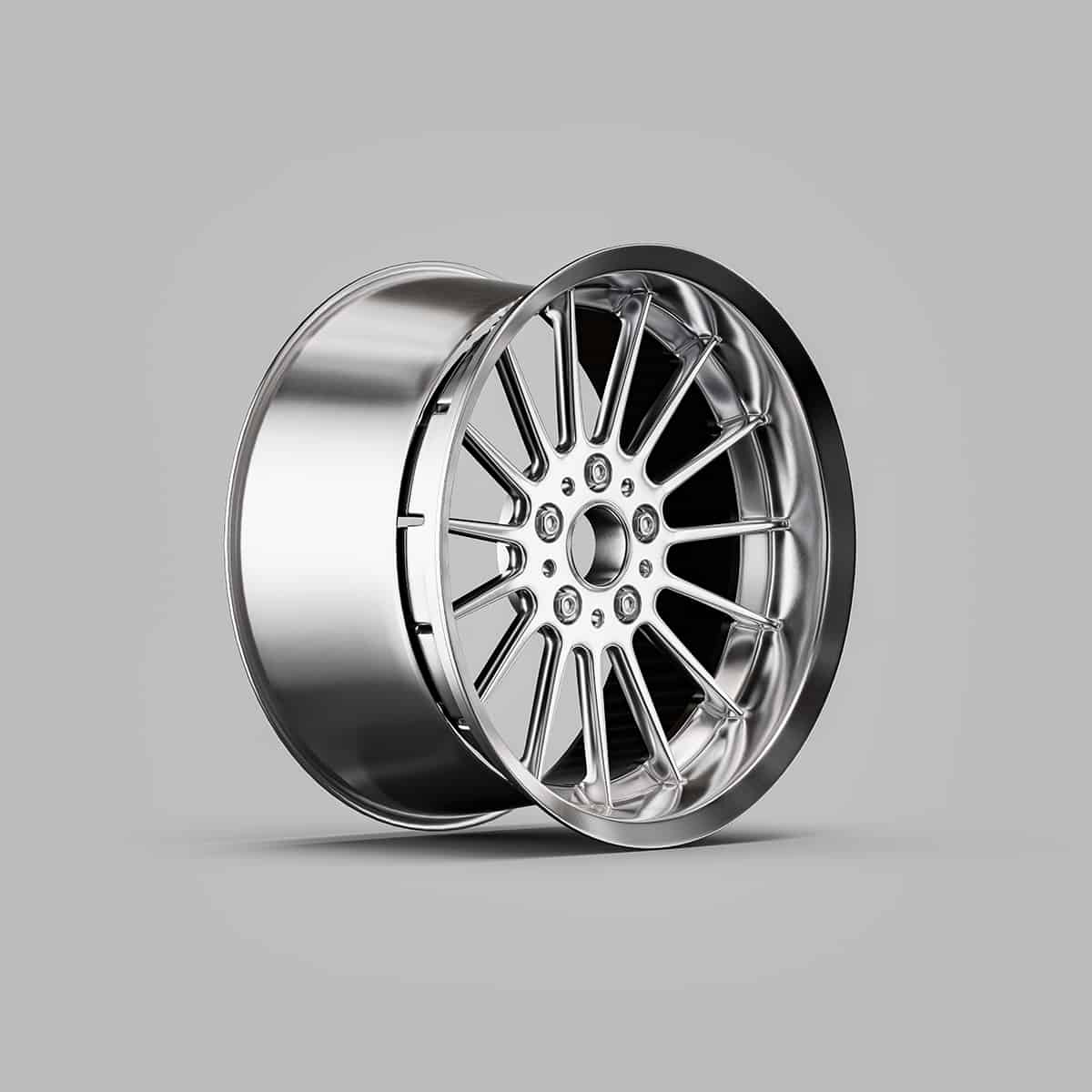
Car wheels, typically composed of a metal hub and spokes, serve as the base where the tire is mounted. They’re integral to your vehicle’s suspension system, providing a link between your car and the road. Wheels facilitate motion, supporting the vehicle’s weight and enabling it to move in different directions. They also play a vital role in braking, accelerating, and ensuring a smoother ride.
When you turn your steering wheel, it’s the car wheels that respond to your inputs. They turn and pivot, allowing you to control the direction of your vehicle. The size and material of the wheels can significantly affect the vehicle’s performance, fuel efficiency, and ride comfort.
Types of Car Wheels
- Alloy Wheels: Alloy wheels are made from an alloy of aluminum or magnesium, making them lighter than their steel counterparts. This lightness contributes to better vehicle performance, improved fuel efficiency, and enhanced aesthetic appeal. The reduced weight also means better heat dissipation, which can improve braking performance. However, they tend to be more expensive and less durable than steel wheels.
- Steel Wheels: Steel wheels are known for their durability and strength. They are less likely to crack under pressure or impact, making them ideal for off-roading or heavy-duty vehicles. Despite their resilience, steel wheels are heavier, which can negatively impact fuel efficiency and handling. They also lack the aesthetic appeal of alloy wheels but are generally more affordable.
Wheel Ratings
- Material: Wheels made from alloy are generally lighter, enhancing vehicle performance and handling. On the other hand, steel wheels are more durable and capable of carrying heavier loads.
- Load Capacity: Each wheel has a specific load rating, indicating the maximum weight it can safely carry. Overloading can cause damage to the wheel and adversely affect vehicle performance and safety.
- Manufacturing Process: The method used to manufacture the wheel also contributes to its rating. Forged wheels, for example, are typically stronger and lighter but more expensive than cast wheels.
Wheel Measurements
- Diameter: The diameter is the distance across the wheel, measured in inches from one end of the wheel to the other, passing through the center.
- Width: The width is the distance across the wheel’s barrel, measured in inches from one inner lip to the other.
- Offset: The offset is the distance from the wheel’s centerline to its mounting surface. It’s measured in millimeters and can be positive, negative, or zero.
Exploring the Tire
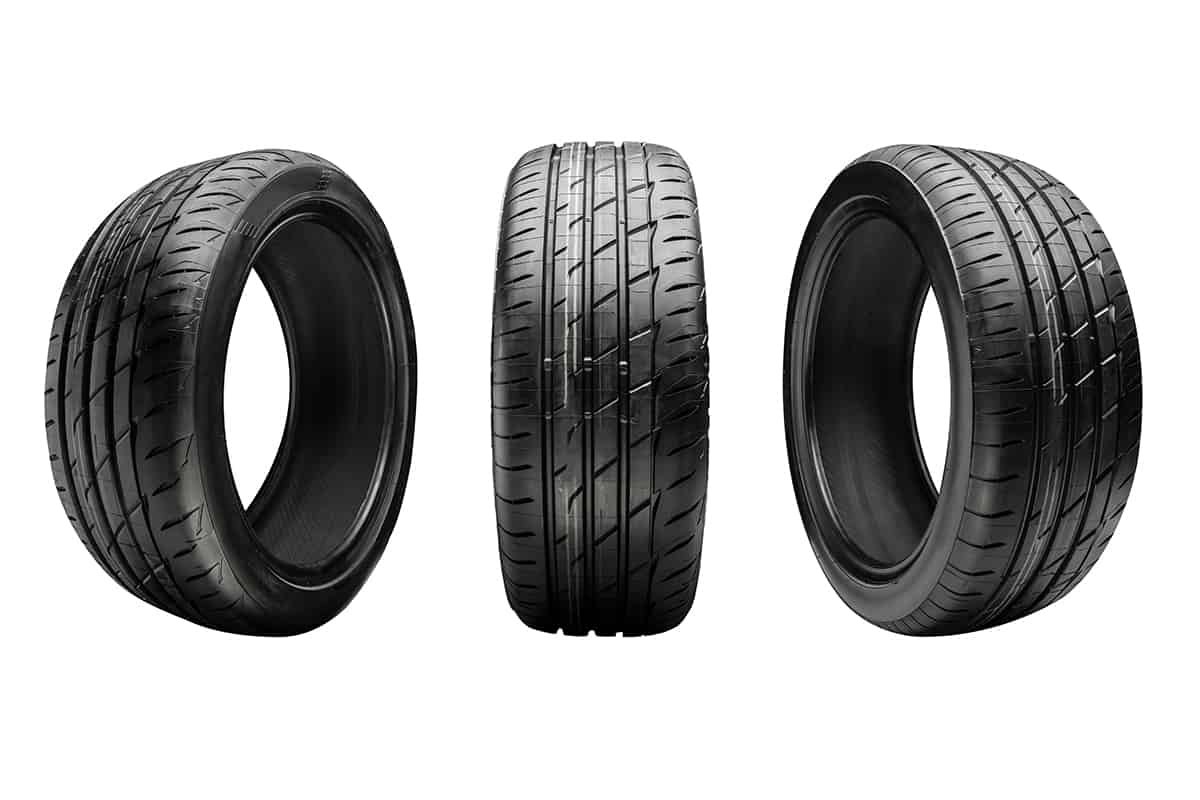
The fundamental role of a tire is to provide traction for acceleration, braking, and cornering while also serving as a flexible cushion to absorb road shock. A car tire’s design and materials contribute significantly to your vehicle’s overall performance and safety.
Tires grip the road to prevent your vehicle from skidding or slipping, especially in wet conditions or while maneuvering sharp turns. They also help in braking, working with the brake system to bring your car to a halt. Tires contribute to fuel efficiency, too, as their rolling resistance influences how much energy your car consumes.
Types of Car Tires
- All-Season Tires: Designed to handle a wide range of conditions, from dry pavements to wet and mildly snowy roads. They offer a balance of good year-round performance, quiet ride, and long tread life.
- Summer Tires: Ideal for high-performance vehicles and are designed for speed and agility. They offer excellent road grip and handling on both dry and wet roads but are not suitable for winter conditions.
- Winter Tires: Specifically designed to perform in cold, icy, snowy, and slippery conditions. They’re made from a special rubber compound that stays flexible in low temperatures, offering better grip and braking performance in adverse conditions.
Tire Ratings
- Tire Size: This is usually represented by a combination of numbers and letters indicating the tire’s width, aspect ratio, construction type, and diameter.
- Load Index: The load index tells you the maximum load that each tire can safely support when properly inflated.
- Speed Rating: This indicates the maximum speed at which the tire can carry a load under specified conditions.
- Treadwear, Traction, and Temperature Scores: These ratings, often found on the tire sidewall, provide information about a tire’s expected longevity, wet traction capability, and resistance to heat buildup.
Tire Measurements
- Width: The width is the distance across the tire’s tread, measured in millimeters.
- Aspect Ratio: The aspect ratio is the ratio of the tire’s height to its width, expressed as a percentage. It provides an indication of the tire’s sidewall height.
- Rim Diameter: The rim diameter is the size of the rim on which the tire is designed to fit, measured in inches.
Understanding the Rim

Rims play several key roles in a vehicle’s operation. Primarily, they provide a firm grip that keeps the tires attached to the rest of the wheel. They also have a significant impact on a vehicle’s overall performance, including its handling, braking, ride quality, and even fuel efficiency.
Aesthetically, rims can drastically alter the appearance of a vehicle. Upgrading your rims can be a great way to enhance your car’s look and showcase your personal style. However, choosing rims should not be solely about aesthetics; their compatibility with your tires and vehicle’s specifications is vital.
Types of Rims
- Alloy Rims: Made from an alloy of aluminum or magnesium, these rims are lightweight, improving handling, fuel efficiency, and acceleration. They’re also excellent for heat dissipation, enhancing brake performance. However, they’re less durable and more expensive than steel rims.
- Steel Rims: Known for their strength and durability, steel rims are ideal for harsh conditions and rough usage. They’re also more affordable. However, their heavy weight can negatively affect vehicle performance and fuel economy.
- Chrome Rims: These are typically alloy or steel rims with a layer of chrome. They’re prized for their shiny appearance but require regular maintenance to prevent corrosion and damage. Chrome rims are usually more about aesthetics and less about performance enhancements.
Rim Ratings
- Size: Rim size includes diameter, width, and bolt pattern. The diameter and width must correspond to the tire size for proper fitment, and the bolt pattern must match that of the wheel hub.
- Offset: This is the distance from the rim’s centerline to its mounting surface. It affects the positioning of the tire within the wheel well and influences handling characteristics.
- Material: The rim material can affect its weight, strength, and appearance. It also impacts the vehicle’s handling and performance.
Rim Measurements
- Diameter: The diameter of a rim is the distance across the rim, measured in inches from one bead seat to the other.
- Width: The width is the distance from one bead seat to the other, measured in inches.
- Bolt Pattern: The bolt pattern is the arrangement and number of bolt holes on the rim. It’s described by the number of bolt holes and the diameter of the imaginary circle formed by their centers.
